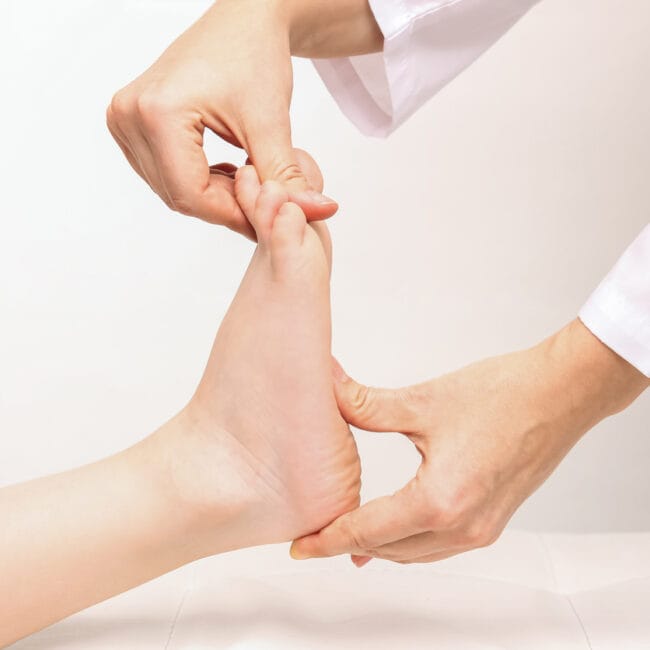De Quervain’s tenosynovitis or more commonly known as Texter’s Thumb is an overuse injury affecting the tendon sheath (thin layer of tissue) that surrounds two of the tendons responsible for the movements of the thumb.
Tendons attach muscle to bone and those responsible in this condition are the abductor pollicis longus (APL) and extensor pollicis brevis (EPB) tendons. This inflammation leads to pain, swelling, and difficulty with hand movements, particularly those involving gripping or pinching.
De Quervain’s tenosynovitis is mainly caused by repetitive stress or overuse of the thumb and wrist. Activities that involve frequent thumb movements, like texting, typing, knitting, or playing some musical instruments, can lead to this condition. It’s also common in mothers with a new-born child, individuals who do manual labour or jobs that require heavy gripping or wrist movements.
The Signs & Symptoms
The Risk Factors
Diagnosing De Quervain’s Tenosynovitis
To diagnose De Quervain’s tenosynovitis, typically a Physiotherapist or General Practitioner will gather a history, perform a physical exam and may ask the patient to perform specific movements that exacerbate the pain. One common test is the Finkelstein’s test, where the patient is asked to make a fist with their thumb tucked inside the fingers, and the wrist is then bent downward. If this manoeuvre causes pain over the thumb side of the wrist, it can be indicative of De Quervain’s tenosynovitis.
In some cases, additional imaging tests, such as an MRI or ultrasound, may be recommended, but they are not typically required.
Treatment Options for De Quervain’s Tenosynovitis
Treatment for De Quervain’s tenosynovitis typically involve conservative measures such as:
Rest and Activity Modification:
Ice and Anti-inflammatory Medications:
Physiotherapy:
Splinting:
Steroid Injections:
Surgery:
Symptoms usually resolve within 4-6 weeks with the correct treatment however every situation differs. If you are suffering with wrist/thumb pain and your symptoms are not resolving, get in contact with a healthcare professional today to help with managing your condition and guiding your rehabilitation journey.















